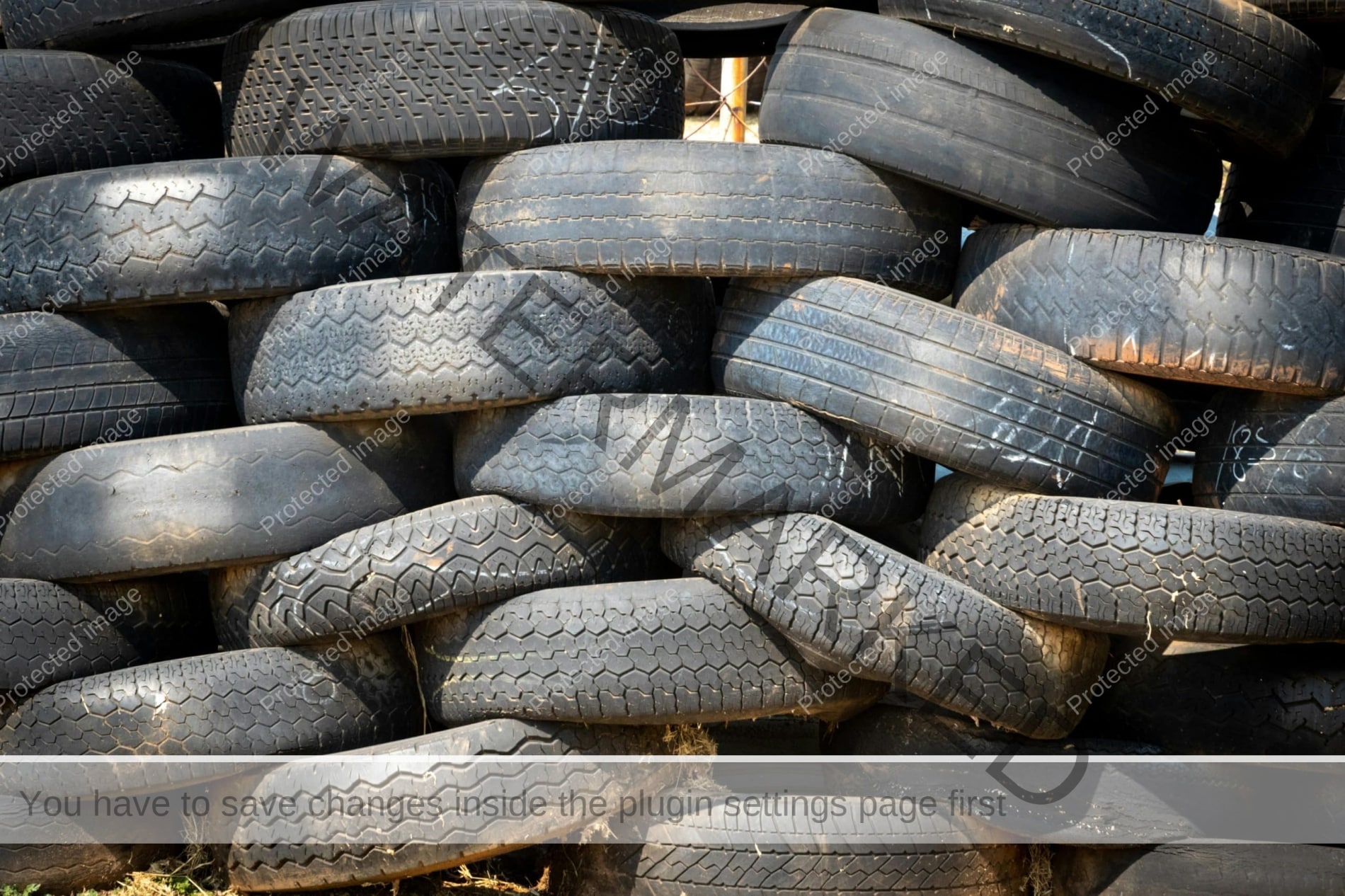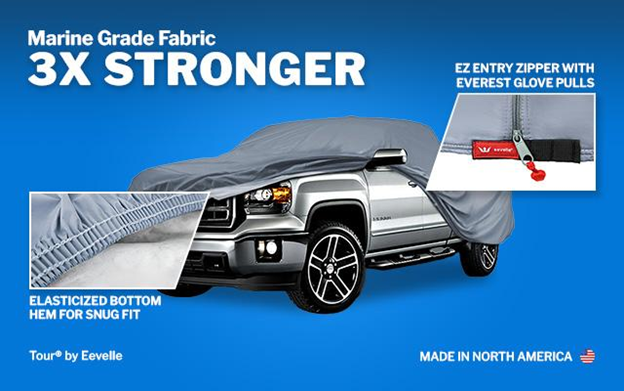Tires are a vital part of any vehicle. They act as an interface between the driver and the road. Tire safety and maintenance is important. Many may wonder what to do when a tire is damaged. Today, we will look at various parts of the tire to see if any repairs are needed.
Tire Damage: A Basic Guide
Any part of the tire’s structure can be damaged. Its three main sections are:
Puncture
The most common form of tire damage is punctures. Sharp objects such as nails or screws can puncture the tread of a rubber tire, creating small holes that cause it to deflate.
Tire Sidewall Damage
After hitting potholes, curbs, or other obstacles it can be hard to repair the sidewalls. These collisions leave many cracks and cuts that compromise its structural integrity.
Tire tread Damage
Tire warranties can be voided if there are punctures, cuts, or uneven wear on the tread.
Tire Care Tips
Maintaining Proper Tire Pressure
- Check Tire Pressure Regularly:
- Check tire pressure with a tire gauge at least once per month and before any long trips.
- Check tires when they are cold. Driving can heat them up, causing inaccurate readings.
- Follow Manufacturer’s Recommendations
- Tire pressure recommendations can be found in your vehicle’s owner’s manual, or on the sticker located at the driver’s door jamb.
- To ensure safety and optimal performance, inflate tires according to the PSI (pounds-per-square inch) specified.
- Adjust temperature changes
- Tire pressure can change with temperature fluctuations. Tire pressure can fluctuate by approximately 1 PSI for every 10degF temperature change.
- Maintain proper tire inflation by adjusting tire pressure according to seasonal changes.
- Buy a High-Quality Tire Pressure Gauge
- To make tire pressure checks easy, keep a reliable gauge in your car.
- Digital gauges can be more accurate and easier-to-read than analog gauges.
- Monitor slow leaks
- Be alert to any slow loss of pressure. This could be an indication of a leak.
- If you notice that the pressure is consistently dropping, inspect for damage or punctures.
Rotating tires for even wear
- Rotate your rotations regularly
- Tires should be rotated every 5,000-8,000 miles or according to the manufacturer’s recommendation.
- Rotation helps to ensure that your tires wear evenly, which extends their life and improves performance.
- Use the correct rotation pattern
- You should follow the rotation pattern recommended for your vehicle. This may differ depending on whether you have front-wheel-drive, rear-wheel-drive, or all-wheel-drive.
- The rearward cross and forward cross are two of the most common patterns.
- Rotation of Tires and Balance
- Balance your tires during rotation to avoid uneven wear and provide a smooth ride.
- The weight of the wheel and tire is evenly distributed by balancing.
- Check Alignment
- When rotating tires, make sure your vehicle’s wheel alignment is correct.
- Uneven tire wear can be caused by misalignment and has a negative impact on handling and fuel economy.
- Rotate tires and inspect the tires
- Tire rotation is a good time to check for tread wear and damage.
- Tire safety and health can be maintained by addressing any problems as soon as possible.
Protecting Tires From Environmental Damage
- Shield against Sunlight
- Tires can crack and degrade after prolonged exposure to sunlight due to ultraviolet radiation.
- If you plan to leave your vehicle stationary for a long time, park in shady areas or cover the tires.
- Avoid Prolonged Exposure To Harsh Chemicals
- Tires should be kept away from gasoline, oil and other chemicals which can cause rubber to degrade.
- Wash tires immediately with mild soap and water.
- How to Store Tires Properly
- When storing off-vehicle tires, place them in a dry, cool area away from heat and direct sunlight.
- Tires should be stored vertically in order to avoid deformities. Use tire covers or bags to protect them against dust and dirt.
- Keep a Clean Surface
- Clean tires regularly to remove road grime and salt.
- Avoid harsh chemicals and use a mild solution of soap and water.
- Protect against Extreme Temperature
- Tire performance and longevity can be affected by extreme heat or cold.
- Ensure tires are properly inflated to handle temperature fluctuations and park in temperature-controlled environments when possible.
Follow these tire care tips to ensure that your tires are in good condition and provide better performance, safety, longevity, and durability.
How Can A Tire Be Repaired?
Puncture Repairs
Certain criteria must be met to repair punctures on tires.
Size
To be effective, punctures must not exceed 1/4 inch in diameter. The larger the puncture, the more difficult it is to repair.
Location
Sidewalls are usually not repairable.
Depth
The inner tire liner should be intact and a puncture shouldn’t penetrate deeper than that.
Wheels on the South offers expert tire repair and puncture assessment.
Sidewall Damage
Damage to the sidewall cannot be repaired. The sidewalls of a tire are a major part of its structure. Repairing sidewall damage can be dangerous, so it’s best to replace damaged tires immediately.
Tread Injury
In cases of minor tread damage, tire technicians can usually repair the damage themselves.
Replace instead of Repair
When a tire cannot be repaired, it is time to upgrade.
Tire Sidewall Damage
To maintain safety and to strengthen the structure of your tire, you should replace any damaged sidewalls immediately.
Tires are limited in lifespan
Rubber begins to degrade over time, compromising their performance and safety. Tire experts recommend replacing tires every six to ten years, depending on your location and the environment.
Regular Tire Inspections
How To Conduct A Tire Inspection At Home
- Gather Required Tools
- Tire pressure gauge
- Tread depth gauge or a penny
- Flashlight
- Jack and jack stand (optional) for a more thorough inspection
- Check Tire Pressure:
- Check the tire pressure with a tire gauge.
- Check the pressure recommended in the manual of your vehicle or on the driver-side door jamb.
- To achieve the desired pressure, inflate or deflate your tire as needed.
- Measure the tread depth
- To measure the tread depth, use a tread depth gauge.
- If you want to test the tread, place a penny upside down with Lincoln’s face on it. If the top of Lincoln’s head is visible, the tread has become too worn.
- Make sure the tread depth is greater than the legal minimum. (Usually 2/32 inch).
- Examine tread wear
- Uneven wear patterns may indicate improper inflation or suspension issues.
- Look for excessive wear, bald spots or cupping (wavy patterns in the tread).
- Check Sidewalls
- Examine the sidewalls with a flashlight for any cuts, cracks or bulges.
- Tires that are damaged can compromise their integrity.
- Search for Foreign Objects
- Check the tread for any debris such as glass, nails, screws or other objects.
- Check for punctures and remove any foreign objects.
- Check for Cracking and Dry Rot
- Check for cracks or signs of dry rot, especially if your tires are old or if you have parked the vehicle for a long time.
- Tires that are degrading can be identified by small cracks on the rubber.
- Rotate Tires (if necessary):
- To ensure that your tires wear evenly, rotate them according to the maintenance schedule for your vehicle.
- Lift the vehicle using a jack stand and change the tires according to the instructions.
Common Inspection Issues
- Uneven Wear
- It could indicate improper inflation or alignment problems.
- Bald Spots
- Excessive wear can cause traction to be reduced and the risk of blowouts increase.
- Cracks & Bulges
- Tire failure can be caused by ageing or impact damage.
- Embedded objects
- Other debris such as nails, screws and other objects that may cause slow leaks or punctures.
- Dry Rot
- Tires with cracks in their rubber indicate that they may need to be changed.
- Tire Pressure Issues:
- Low or high pressure can have a negative impact on fuel efficiency and handling.
- Tread separation
- Tire tread separation from the tire carcass is a serious problem that needs immediate attention.
Frequency for Professional Inspections
- Routine maintenance visits
- Tires should be inspected by a professional during routine maintenance, such as an oil change or every 6,000-8,000 miles.
- Before long trips
- To ensure the safety of your tires and their performance, schedule a professional tire inspection before you embark on a long trip.
- Replace Tires with
- When replacing your tires, have a professional inspect them to make sure you choose the right type and size.
- Twice or More a Year
- Have a professional inspect your home at least twice per year, even if there are no obvious problems. This will help you to identify potential issues early.
Tire inspections performed at home and periodic professional checks can improve tire performance, extend tire life, and maintain tire safety.
Repairing Damaged Tires
Wheels on the South offers tire repair services in Cheyenne. Tires that are excessively damaged and need puncture repairs or tread wear assessments and repairs. Wheels on the South’s goal is to have them on the road as quickly as possible! We only use high-quality tire care products, such as Michelin and Goodyear, for our tire repair in Cheyenne! Wheels on the South is the best choice for this type of service.
The tire technicians at Wheels on the South have the knowledge and expertise to identify any problem with a tire. This includes punctures, wheel alignments, or wheel balancing. Our tire technicians are certified and have extensive knowledge of their field. They can repair many tires themselves. If they can’t, they will recommend wheel replacement or offer wheel alignments/balancing and puncture repair services.
Do not hesitate to contact us if you are concerned about the condition of your tire. Our experts will identify and assess the problem before offering recommendations and solutions that are tailored to Cheyenne residents. Tire experts in Cheyenne.




1 thought on “What type of tire repairs are possible?”
I don’t think the title of your article matches the content lol. Just kidding, mainly because I had some doubts after reading the article.